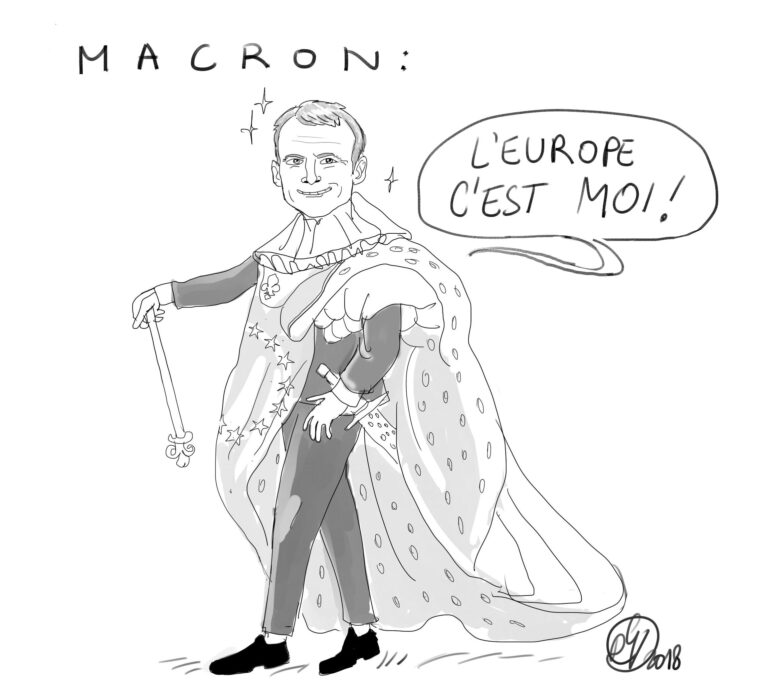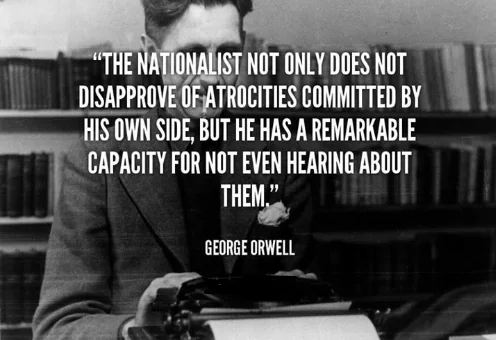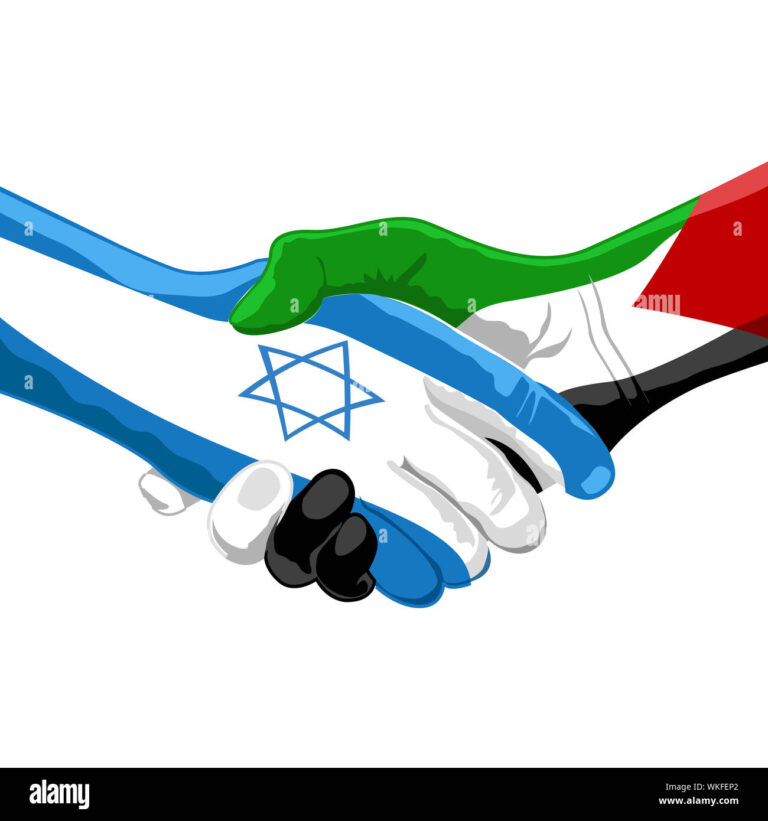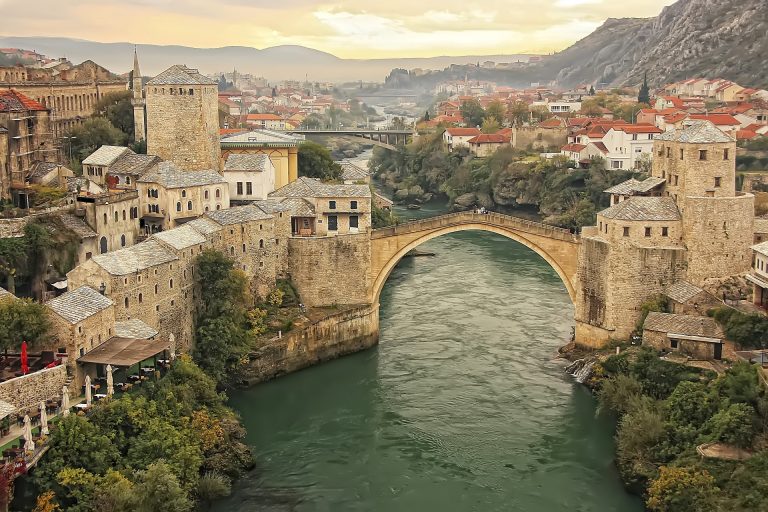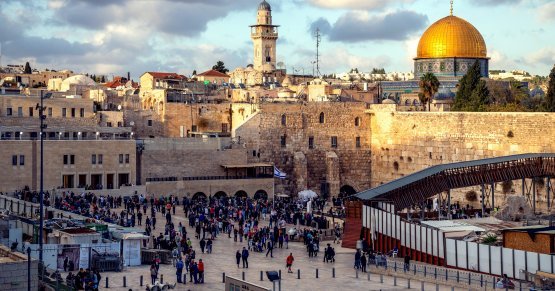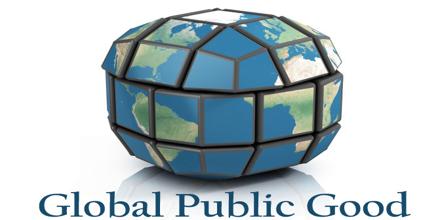POLICY PAPER
…Perhaps it is from Europe that the message for coexistence and cooperation between different peoples, religions, cultures and ideas can come, for a more united world….
- A symbolic event
Should the measures to contain the Coronavirus pandemic allow it, the foundation stone for a temple that will combine a synagogue, a mosque and a Christian church in one building complex will be laid in Berlin before the summer of 2021. The idea dates back to 2009. Since then, a competition between Architect studios has been held and a winning project has been selected, which envisages a large central entrance and meeting space from which one has access to three separate but united spaces for prayer and meditation following the three monotheistic religions that have dominated the history of Europe for more than two millennia.
This event is bound to have great symbolic value, as religious beliefs in Europe have been a powerful factor of divisions and conflicts, between and within religions. The ecumenical movement has made considerable progress in recent decades, but the presence of a single temple where believers of different faiths can together, and at the same time each on their own, pray and celebrate their rites, is an event deemed to have great symbolic value, perhaps, we hope, marking a turning point not only for Europe, but for the whole world.
If we gave ourselves the task of arousing some form of “European nationalism” we would have no difficulty in recalling many elements in the history of the last 2-3 thousand years that make Europe, as we rhetorically say, a “beacon of civilization”. This is not the task we want to undertake. Rather, we want to shed light on those aspects for which Europe is, and has been, a negative example and in respect of which Europe can, perhaps, today, show the way to overcome them.
One of these aspects is certainly identifiable in the long history of religious wars. A history that starts from far away, at least from the events of the successive destructions and reconstructions of the temple of Jerusalem, from the history of the crusades to terrorism, and the attack on the Twin Towers that marked the beginning of the third millennium. It is significant that the Berlin Temple provides for the meeting, together but distinct, of the three great monotheistic religions. All three postulate the belief in a single god, but his word is manifested through prophecies and therefore conflicts arise around the question of what is the “true” word of God. What they have in common, starting from the belief in a single god, has not prevented in certain phases of history and in certain areas of the world their more or less peaceful coexistence, but more often they have produced wars of unprecedented violence. According to Jan Assmann, one of the major scholars of the origins of monotheism, people who recognize themselves in their belief in one god inevitably give rise to conflict, to violence, because “my” god cannot be compatible with “your” god, there is only “one” truth.
The history of relations between Christians and Muslims, between Jews and Christians and between Jews and Muslims, even without adhering to the theory of the inevitable “clash of civilizations”, is more a history of wars than of peaceful coexistence.
Religious beliefs are undoubtedly a component of the identity of the peoples of the earth, they are a factor of inclusion and at the same time of exclusion and therefore they can be both causes and consequences of conflict. Conflicts of the most bitter kind, however, have developed within each monotheistic religions and even within those that have preached universal brotherhood.
In 1598, King Henry IV issued the Edict of Nantes, which put a temporary end to the war between Catholics and Huguenots (Calvinists) that had devastated France for almost half a century, recognizing freedom of worship and other rights. A little less than a century later, the edict was revoked, this time at Fontainebleau, by Louis XVI, reopening an issue that would be overcome only with the Revolution. The history of Germany in the seventeenth century is also characterized by religious wars between Catholic and Protestant states: estimates say that the Thirty Years’ War caused from 3 to 9 million deaths in a population estimated at 15 to 20 million. The war ended with the Peace of Westphalia that sanctioned, on the one hand, the definitive affirmation of the principle that subjects had to follow the religion of the prince who governed the territory (“cuius regio, eius religio”) and, on the other hand, sanctioned the principle of absolute sovereignty of the state, cancelling any claim of a superior imperial instance. Even today, in German-speaking regions, the territorial distribution of religious practices between Catholic and Protestant regions reflects that which was established at that time.
- The connection between religious and political conflicts
The wars of religion, as is evident, were not only motivated by religious reasons. In history, the relationship between religion and political power has passed through the most diverse configurations, ranging from coincidence, to commingling and mutual influence, to separation and mutual hostility. Sometimes it is the political power that uses religion for its own ends, sometimes it is the religious institutions that use the alliance with the political power to affirm and spread their faith.
One cannot fail to remember, for example, that the expansion of Christian religions, and in particular the influence of the Catholic Church, went hand in hand with colonial expansion of the European powers. Missionaries often accompanied or followed colonial armies, and many times the conversion of entire populations was forced and imposed at gunpoint. The memory of colonialism extends long after the era that marks its end and even today has left deep traces in relations, for example, between the West and the Islamic world.
If it can be said that the wars of religions in Europe ended with the Peace of Westphalia and that, with different times and forms from country to country, conditions of greater tolerance among the Christian religious denominations were affirmed in Europe, the history of anti-Semitism and anti-Islamism is by no means over, indeed it has had well-known dramatic developments throughout the 20th century and up to the present day.
Religious wars are not, however, a prerogative of Christian Europe. Even within Islam, armed conflicts of unprecedented violence have been fought, and are still being fought today. For example the war between Iran and Iraq from 2002 to 2011 that reopened ancient hostilities between Shiites and Sunnis dating back to the time of Muhammad’s succession, or even the war between Yemen and Saudi Arabia where religious motives, though not dominating, are certainly not absent. There have been no real religious wars within Judaism, due to the dispersion in the diaspora in scattered communities. The scattered diffusion has meant that sometimes followers of the Jewish religion belonging to states at war with each other have found themselves having to fight against their co-religionists. Nonetheless, tensions between orthodox, reformer and nonbeliever Jews are quite frequent in the state of Israel, where however the conflict with the Palestinian population of Islamic faith is the prominent trait.
There are not only monotheistic religions in the world. In Eastern religions we find polytheistic variants (for example, in Hinduism) and animistic and spiritualistic religions, such as Buddhism and Shintoism. Significantly, it has been predominantly contacts with peoples of monotheistic religions that have generated religious conflicts with religions of the East, although there is no shortage of examples, as recently in Sri Lanka, of conflicts between peoples of Buddhist (Sinhalese) and Hindu (Tamil) faiths.
- Believers and non-believers
Since Europe has been the real theatre of religious wars, it is to be hoped that the new temple in Berlin may symbolically signify their end and at the same time the beginning of a new era in which the different religious faiths can coexist in mutual respect, but also in a non-hostile relationship and dialogue with the great mass of those who do not believe.
Europe, together with China and Japan, has the highest percentage of atheists and agnostics in the world. Many studies have tried to explain the reasons for the eclipse of the sacred, or the rise of the process of secularization, in modern and contemporary Europe. Some trace the disenchantment with religion in Europe back to the cultural currents from the Renaissance to the Enlightenment, from the spread of scientific thought to the emergence of nineteenth- and twentieth-century ideologies (liberalism, Marxism, nationalism) as functional substitutes for religion, as secular faiths. Secularization would be an aspect of modernity. These theses, however, encounter a difficulty in explaining how the process has not reached in particular the United States, which, in many respects, seems to be an extreme example of modernity.
In a Gallup survey in 2009, the population of 150 countries around the world was asked whether they attributed importance to religion (“Is religion important in your daily life?”), and all the countries in which negative responses exceeded positive ones were, with few exceptions, European or Asian countries (Japan, Hong Kong, Vietnam, Australia, New Zealand, Cuba, Canada, South Korea, and Taiwan). The only European countries where “yes” responses prevail are, in the order of frequency of positive responses, Ireland, Austria, Croatia, Greece, Portugal, Italy and Poland. With the exception of Greece, all the European countries where “secularized” orientations are in the minority are countries of Catholic tradition. It should be noted that in other Catholic countries like Spain, those who do not give importance to religion in their daily lives prevail only by a small margin. More recent research conducted within the EU by Euro-barometer confirms more or less the same picture.
The United States ranks just behind Austria and ahead of Croatia, thus, compared to Europe, among the countries with higher levels of religiosity. Scholars have wondered whether the anomaly is widespread European secularization, or the persistent religiosity of the United States. Religious pluralism, in a situation where there has never been a “state religion” and, on the contrary, where the separation between the two powers, secular and religious, has been established from the beginning, are factors that have undoubtedly contributed to the spread of tolerant attitudes towards those who believe and practice a faith different from one’s own. However there have been in the United States, especially in recent times, strong anti-Islamic movements and sporadic episodes of anti-Semitism.
From the religious point of view there is no doubt that pluralism significantly favors peaceful coexistence among different kinds of believers.
The panorama of religiosity in Europe, however, does not only concern the plurality of the faiths present, but also the great diversity of ways of approaching faith and practicing it. It is one thing to believe in God, quite another to believe that this belief is relevant to one’s daily life, and quite another to assiduously follow the prescriptions that religious practice entails (for example, attendance at Sunday Mass). Then there are those who do not believe in a specific divinity but recognize in themselves some form of spirituality, those who deny the existence of any divine/transcendent entity and finally those who are completely indifferent to religious issues.
For Christians, Mass attendance in Europe varies from countries where about a third of the population regularly attends Sunday services (Ireland, Poland and Italy), to countries where it is around a quarter to a fifth (Austria, Spain, Greece) and all other countries where it is less than 10%. The share of those who are and/or declare themselves to be atheists or agnostics also varies greatly. The line between atheism and agnosticism is difficult to draw, both conceptually and in the consciousness of individuals. Atheists are those who deny the existence of God and of any divinity, agnostics are those who claim that there is no proof that God exists or does not exist, but often believe in the existence of a dimension of the spirit that does not take divine form. Approximately one European citizen out of four belongs to these last two categories, with great variability from country to country: half of the Swedes, 40% of the French, 1/3 of the British, but only 13% of the Italians and 3.5% of the Greeks. Atheists and agnostics, however, are not to be confused with those for whom religion has no relevance to their daily lives, that is, with those who are indifferent to the religious dimension. Rather, the indifferent lurk among those, whether believers or non-believers, for whom religion is in any case irrelevant. Indifferent people cannot be counted on even in an ecumenical perspective, while dialogue is possible among atheists, agnostics and believers.
A very promising anticipation in this direction was the inauguration in 1987 in Milan of the “chair of non-believers” by Cardinal Martini, who expressed himself as follows on that occasion:
‘I believe that each one of us has within himself a non-believer and a believer, who talk to each other inside, question each other, continually send pungent and disturbing questions back to each other. The non-believer who is in me troubles the believer who is in me and vice versa’.
The fact of not believing in the existence of god or gods (atheist), or of not finding any reason to affirm the existence or non-existence of god or gods (agnostic) does not mean that those who belong to these two categories do not ask themselves what the meaning of life is, by what criteria we distinguish good from evil, why suffering is distributed unequally among living beings, where we come from (who was there before us?) and where we are going (who will be there after us?). These are all questions with respect to which human societies have often sought answers in religion.
Ecumenism is therefore not only a current of thought that promotes dialogue between different faiths, but also between believers and non-believers.
5. Modern Science and Religion
It is true that religions have often been used to establish, reinforce and legitimize power relationships between the dominant and the dominated. There is a long tradition in European culture, from the Enlightenment to Marx and Nietzsche, that thinks of religions as forms of superstition, as “opium of the people”, but there are others that see religion as a factor of redemption and emancipation.
In Europe, the relationship between science and religion, between scientists and doctors of the Church has always been, to say the least, problematic. Everyone remembers the trial of Galileo, the controversies around the Copernican concept and the diatribes between heliocentrism and geo-centrism, the rejection of Darwinian theories of evolution and, more recently, the disputes around stem cell research and the end of life. The list could be lengthened at will. Science has certainly challenged and refuted many religious beliefs, but this does not sanction an irreducible incompatibility between science and religion.
Empirical research data tells us that scientists are one of the categories in which atheism and agnosticism prevail, yet there are many who do not consider religious faith incompatible with trust in science. These people believe, in my opinion correctly, that science is not able to answer all the questions to which religions, in historically different ways, have tried to give an answer. It is true that there are also those who have transformed Science, with a capital S, into a faith, who “believe” in Science. But often they are not real scientists. True scientists know the limits, the fallibility, the provisionality, the incompleteness, of scientific knowledge: they have confidence in science rather than faith in science. Those who want certainty are better off going to church, not to a laboratory. Science is a path of approach to a truth that can never be reached, on the contrary, the progress of knowledge continuously discovers realities (both in the extremely small and in the extremely large, both in the field of physics and psychology) which we were previously oblivious of, so science continually makes us aware of how ignorant we are. Think of quantum physics that allows us to cast a glance into the immensity of the cosmos or psychoanalysis that allows us, again, to cast only a glance into the depths of the unconscious.
6. Conclusion
During the recent pandemic, policy makers have often hidden behind the supposedly objective judgment of science, but since science is never able to give absolute certainty and scientists themselves cannot often reach the same conclusions, people have begun to doubt, and trust in science and scientists has begun to be questioned. Even the “faith in science”, as well as the great ideologies that claimed to have an answer for all problems, have undergone the same process that happened to the great religions, they have been partially “secularized”. But it is precisely because certainties have disappeared that dialogue between religions and between believers and non-believers has become not only possible, but also desirable. Dialogue is difficult among those who claim to have the “truth” while it is promising for those who only have the will to seek it.
Europe has been the place where some of the most atrocious conflicts in the history of mankind have been fought, from religious wars to wars between nations and wars between ideologies. Perhaps it is from Europe that the message for coexistence and cooperation between different peoples, religions, cultures and ideas can come, for a more united world.
At the time of the discussions on the Treaty for a European Constitution (2003-2005) it was proposed to include in the preamble a reference to the “Christian roots of Europe”, arousing lively reactions from the representatives of millions of Muslims living in Europe as citizens of member states and the Jewish minority who survived the Holocaust and did not emigrate to Israel or America. In the end, a compromise was reached indicating “the cultural, religious and humanistic heritage of Europe.” As is well known, after the French and Dutch referendums, the Constituent Treaty was archived and replaced by the Treaty of Lisbon which includes the Charter of Fundamental Rights of the European Union where reference is made to the “spiritual and moral heritage” without expressly mentioning the religious dimension.
